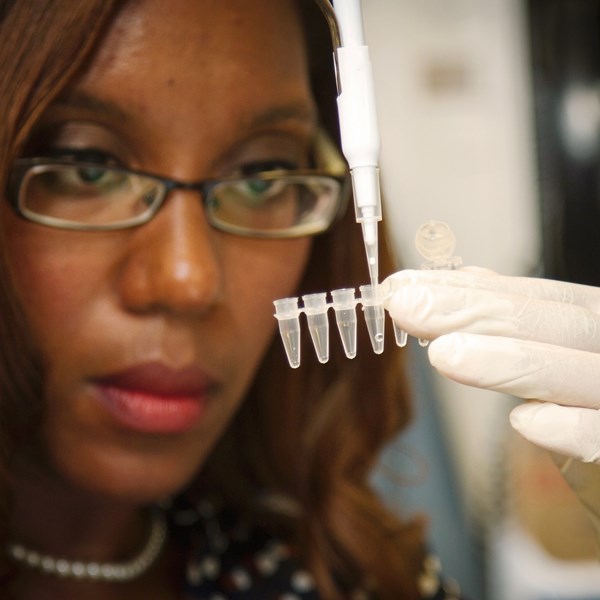The European Commission (EC) has opened a call for evidence on proposals for a single procedure for the granting of SPCs across the European Union (see here).
BACKGROUND
Supplementary Protection Certificates (SPCs) are additional rights that extend patent-like protection for up to an additional five and a half years for medicinal or plant protection products that have been subject to marketing authorisation procedures. The current system requires applications for an SPC to be made to each EU member state individually. Further, although there are only four codified substantive requirements for obtaining an SPC (see Art. 3 of Regulation EC No 469/2009 and Art. 3(1) of Regulation EC No 1610/96), the interpretation of those requirements occasionally differs between national patent offices, even in light of numerous preliminary rulings from the Court of Justice of the EU (CJEU) attempting to provide greater clarity. Hence, it is not uncommon for national patent offices to arrive at different conclusions in respect of the same family of SPCs, leading to incomplete protection across the EU.
CALL FOR EVIDENCE
Further to our earlier update relating to the EC’s initial announcement, the EC has published a five-page document setting out its understanding of the problems with the current system and a shortlist of possible options. The EC has also issued a call for stakeholders to give their views on those problems and options by 5 April 2022.
COMMENTARY
The document sets out options for both non-legislative and legislative solutions to address various problems that have been identified with the current framework.
The first legislative proposal is the creation of a centralised system for obtaining SPC protection in the EU (a unitary SPC and/or a unified procedure for granting bundles of national SPCs). We previously set out five possible options for how to establish a single procedure for examining and granting SPCs. The call for evidence document itself simply indicates:
The detailed features of a centralised SPC system will be assessed in an impact assessment (e.g. an examining and granting authority (a virtual authority comprising SPC experts from Members States, or an EU authority), language arrangements (English-only or multilingual), judicial review, etc).
The document separately refers to the European Parliament’s resolution of 11 November 2021 on an IP action plan (2021/2007(INI)), which in point 12 suggests that the European Patent Office (EPO) could be selected to examine SPC applications. The EPO is not itself an EU institution and does not currently have any involvement with SPCs; however, it is set to have a role in the new Unitary Patent (UP) system by handling the post-grant administration of UPs. The EC has not commented specifically on the option of involving the EPO for the grant of SPCs. We also note that provision for enforcement of SPCs based on a European patent or on a UP is already legislated for in the Unified Patent Court Agreement.
SPCs remain tied to their underlying ‘basic patent’, such that if the basic patent lapses before the end of its maximum term or the basic patent is revoked, there cannot be a valid SPC (Art. 15(1)). At present, an SPC can be based on a national patent or a national validation of a European patent, and it is expected that an SPC could also be based on a UP. If a unitary SPC could be created based on a bundle of national/European patents, this leaves open the possibility of fragmentation of the unitary SPC after grant. Similar fragmentation may happen in the circumstance in which a unitary SPC is obtained on the basis of a bundle of national marketing authorisations and one or more authorisations is withdrawn. Therefore, it seems logical to allow the grant of a unitary SPC only when based on a UP and a single centralised marketing authorisation; one unitary right with one unitary authorisation giving rise to a companion unitary right. Nevertheless, if a single examining and granting procedure is permitted to give rise to a bundle of national SPCs (at least when based on a bundle of patents), this should in principle reduce costs for innovators seeking SPC protection. This may be particularly helpful for innovators in the short to medium term during which it appears likely that the majority of SPCs will still be based on a bundle of patents even for several years after the introduction of UPs.
The second legislative proposal is to make targeted amendments to the SPCs Regulations themselves, in order to harmonise the granting of SPCs. This could be done in combination with or as an alternative to the first legislative proposal. Given that the role of the CJEU is interpretative and not legislative (such that the CJEU’s preliminary rulings are usually restricted to interpretation of the law in view of the specific facts scenario in question), this proposal would enable the EC to clarify some points of difference in a more holistic way.
We encourage stakeholders to give feedback in response to the call for evidence (feedback invited in free form, not as individual questions). We will also continue to monitor the process and keep you updated as the EC releases more information. In the meantime, please contact our SPC and regulatory team if you would like to discuss anything further.







